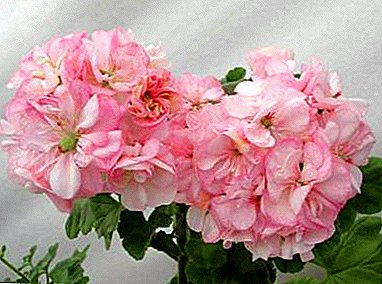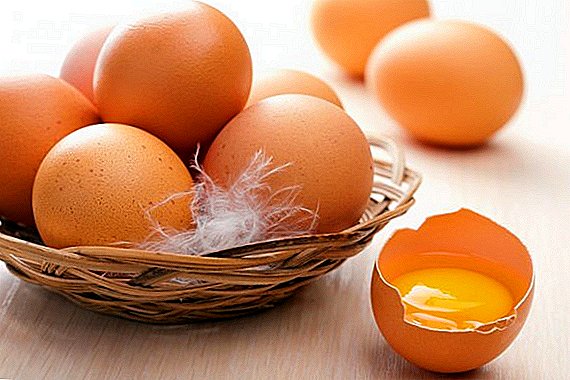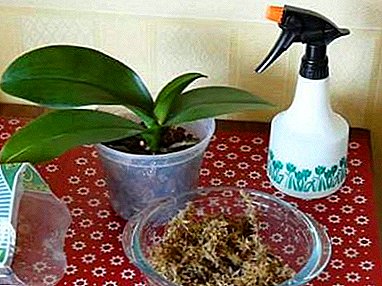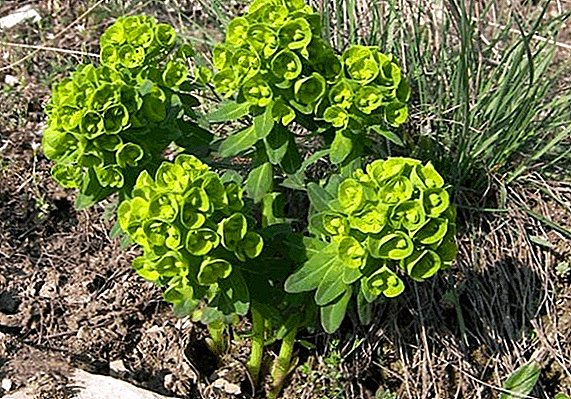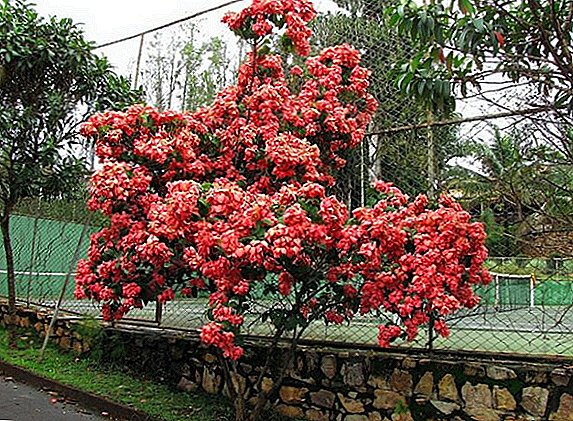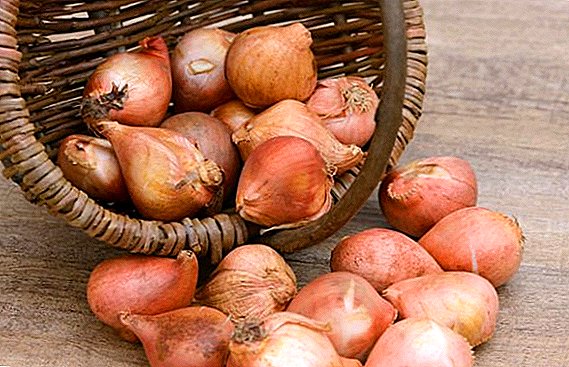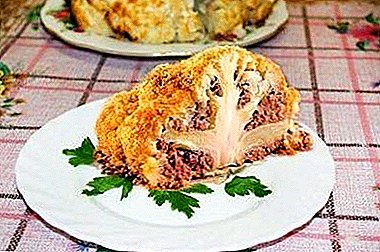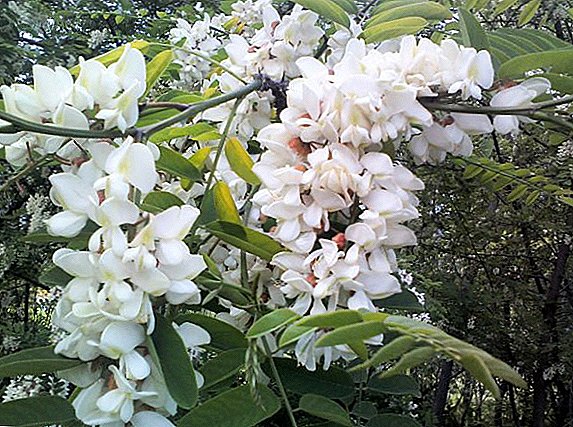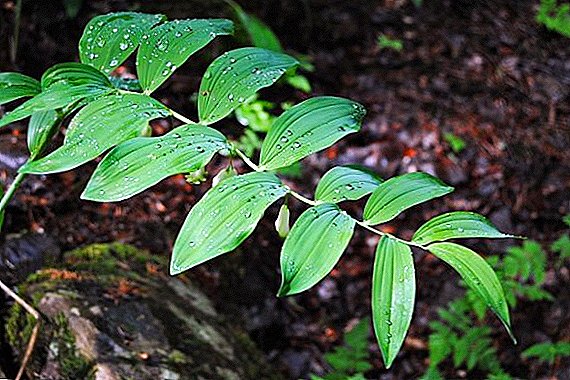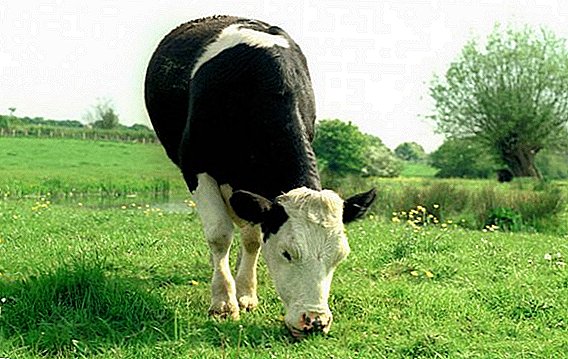 Green food is the main source of vitamins and minerals for an animal in the warm season, when livestock practically live on pastures.
Green food is the main source of vitamins and minerals for an animal in the warm season, when livestock practically live on pastures.
All kinds of edible herbs growing in the meadows easily digest and assimilate the body, besides they are harvested, for example, in the form of hay, successfully used in the winter diet of cows.
What grass do cows eat in pastures
All pasture herbaceous plants are divided into 4 groups:
- legumes (legume family);
- cereals (family of cereals);
- sedge (sedge and rush);
- forbs (other families).
Did you know? The taste of milk depends on the diet of the cow. If you feel bitterness, most likely, most recently the darling woman ate wormwood.
Legumes
Legumes - a group consisting mainly of perennial plants, its representatives are more common in forests and in flood meadows. They are more like cattle than cereals and have a longer period of mowing (2 times).  85-86% of the total number of plants are well absorbed by the animal organism, 8-9% are unsuitable for cows, and 5% are completely poisonous.
85-86% of the total number of plants are well absorbed by the animal organism, 8-9% are unsuitable for cows, and 5% are completely poisonous.
The most popular representatives of legumes:
- different types of clover;
- alfalfa;
- sainfoin;
- tributary;
- little bride;
- goatling
It will also be useful for you to find out what the diet of dairy cows should be, pregnant dry cows, how to feed a cow in winter.
Cereals
Cereals - inhabitants of the steppe zone, forests, floodplains of rivers and lakes. 90% of the plants from the total amount are well absorbed by the body, 5% are perceived poorly, 5% are poisonous. Cereals are less nutritious than legumes.
They are conditionally divided into groups:
- Hygrophiles - those that grow on water bodies or in close proximity to them and quickly become rough. They include reeds, reeds, manniki, perennial rice and arkophila.
- Xerophiles - residents of the steppe zone, semi-desert terrain. They are highly resistant to drought. These plants are fescue, fescue, feather grass, tiostrenitsa, hair and so on.
- Mesophilic - lovers of average humidity come from forests and mountains. In the spring, their development slows noticeably. These include wheatgrass, rump, foxtail, fry, ryegrass, etc.
- Salt flats live on salty soils in steppes, deserts and semi-deserts. After a period of earing, the plants develop more actively. Representatives of the group are beskilnitsa, mulberry, riparian.
- Annual cereal plants - inhabitants of deserts and semi-deserts. These include fire, mortu, bristles, oats, millet, etc.

Sedge
Sedge - quite large, moisture-loving herbs. The leaves of the plants are very hard, so they are not very popular among cattle.
Did you know? For eating beef in some Indian states there is a large fine of money, and in case of repeated violation of the ban - imprisonment for up to five years.
Family members are divided into several groups:
- moisture-loving inveterate (large with coarse leaves): as coastal or soddy sedge;
- moisture-loving eaten: double row, water, solar sedge;
- well eaten steppe, semi-desert, mountain (early, swollen, mourning and other sedges).

Herbs
For herbs include a variety of plants from more than 1000 different families. They grow mainly in forests, mountains, less often - in steppes and deserts. 52% of all plants of the group are well eaten, 39% are poorly eaten, 9% are poisonous for cows.
The most common representatives are:
- sagebrush;
- horsetails;
- yarrow;
- dandelion:
- chaff;
- coltsfoot.

What feed grass can be sown for cows?
You can also create a small pasture at home - sow the territory for walking animals with grass. The gardening market is represented by many different types of plants, annual and perennial.
Annuals
Among the annual food plants the most popular are:
- Ryegrass - upright dense bush with a soft stem, reaches 1 m in height. It has long light green leaves and oblong yellow seeds. The bush is frost resistant and resistant to diseases and attacks of pests.
- Sudan grass, refers to cereal. The bush grows up to 0.5-3 m in height. Lanceolate leaves have a smooth texture and a light green color. The grass is drought-resistant, with a high level of distress (it can be mowed several times during the year).
- White mustardIt grows up to 0.25-1 m in height. Its stems, as a rule, are covered with hard hair, in rare cases can be completely bare. The leaves of the lower level lyre-shaped, the top - in the form of a wide oval. During flowering on the plant bloom white or yellow flowers. Well pollinated by insects.
- Phacelia - this plant is a honey plant, it has an upright juicy stem, which grows up to 0.6-0.9 m in height. The flowering period comes a month after sowing and lasts 1-2 months.
- Vika Spring - grass is high in protein. Reaches 1 m in height and has a taproot. The plant practically spreads along the ground.




Perennial herbs
Perennial grasses are also in demand from farmers, as there is no need to plant plantations annually.
The most popular are:
- Alfalfa - erect bushes of medium height. Green leaves have an ellipsoidal shape. During flowering, the plant is covered with bluish-purple flowers (other variations are possible, up to cream ones). Hay grass of high winter hardiness and drought resistance, easily adapts to new weather conditions.
- Clover white - a representative of the legume family with creeping rooting shoots. Unpretentious to the conditions of cultivation, well developed, even on clay and sandy soils. It has a long flowering period, which is often used as a decor.
- Sandy Esparcetwith deep root system. Green stalks reach 0.8 m in height. The upper part of the leaf has a green color and a completely bare surface, the lower part is pubescent. Fruit - bean.
- Meadow grass meadow forms a smooth elastic turf of green color throughout the entire period of flowering. The shoots are leafy, reach 0.7 m in height.




What can be made of grass
Competent farmers often produce fodder grass for the winter in the form of:
- hay;
- straw;
- silo;
- haylage.
Senazh
Haylage - plants dried to 55% moisture. With this level of humidity, almost all bacteria reduce their livelihoods. For haylage it is recommended to use legumes and legume-cereal grasses (alfalfa, clover, sainfoin), which mow in the early stages of development.
Important! The moisture level is monitored using a moisture meter.
The whole mass is crushed to the recommended length of 3 cm. 
Hay
Hay refers to coarse feed. The moisture level of herbs in it should be no more than 17%. The plants are mowed and left to dry in the sun, periodically tedding them with a rake. Next, the rolls are collected in sheaves or pressed with the help of agricultural equipment and placed for long-term storage in a dry room. 
Straw
Straw is the dry stalks of plants (legumes and cereals) that remain after threshing. It must have a moisture level of 20% in order to avoid moldiness.
There are several options for procurement:
- mowing, drying, grinding and transportation to the place of storage;
- mowing, drying, collecting into stacks and moving for further storage;
- mowing, pressing with special equipment into bales and moving to the place of drying.

Silage
Silo is a herbal mass that has been treated with lactic acid bacteria. Plants with a humidity level of 60% are placed in a specially prepared pit. There are added roots and various vegetables, as well as ferment.
Mass is pressed and covered with a film to limit the access of air. After 30-40 days the silage is ready, it has a yellowish tint and a sweet aroma. Store food in silos. 
Poisonous for cows grass
On grazing lands, herbs that are dangerous to animals can often grow:
- Ledum rosemary - evergreen weakly branched shrub. It reaches a height of 0.2-1.25 m, has a strong aroma. The shoots are not woody, the leaves are oblong in shape, the flowers are white in color. It paralyzes the central nervous system, gastrointestinal tract, heart, animal ceases to feel the limbs.
- Warty euonymus - upright shrub 1-2 m high. Its branches are thin, covered with black "warts". The leaves have an oblong shape and green color, during flowering the plant is covered with small flowers. In small doses it causes colic and loose stools, in large doses death.
- Black helen - A plant of the Solanaceae family with a sharp aroma. It has large yellow flowers with purple streaks. Causes a riot, convulsions and tympanitis.
- Hemlock - two-meter plant with round fruits of brown color. When rubbing the fruit, you can smell the mouse. In cows, causes weakness, paralyzes the central nervous system. Animals often die from this grass.
- Poisonous milestone grows up to 2 m in height. It has small white flowers, collected in umbrellas. It provokes salivation, respiratory paralysis.
- Buttercup Anemone has a long creeping rhizome and scaly-like leaves, covered with purple underneath. The stem reaches 0.1-0.3 m in height, the flowers are yellow. It irritates the kidneys and gastrointestinal tract, causes bloating and bleeding in the urine.
- Dope smelly - tall grass with an unpleasant odor. Flowers of huge sizes of white color have the form of a bell. Disrupts the activity of the heart and brain, causes paralysis.
- Hypericum - upright plant with a height of 0.8 m with thin stems. It blooms with golden flowers covered with black dots. It provokes the appearance of tumors, swelling of the tongue and lips.
- Buttercups - herbs with poisonous juice. The maximum height of the plants is 1 m. The flowers are arranged on long legs and have a yellow color, they consist of 5 petals, not exceeding 2 cm in diameter. They result in bloating and disruption of the chair.
- Mouth sharp It has a curly stem with a sparse edge and a maximum length of 3 m. The shape of the leaves is almost triangular, the flowers gather in umbrellas. It paralyzes the work of the central nervous system and heart, causes vomiting and loose stools.


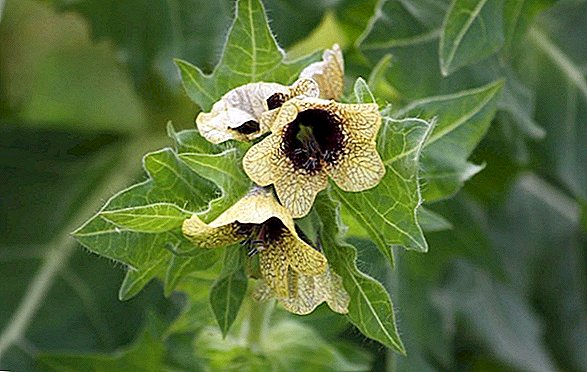






Important! Carefully choose a place for grazing cows, the meadow should not be as harmful vegetation, and industrial pollution.
Grazing in the spring-summer period is an important part of caring for the livestock, and the pasture can be created on its own in the absence of such nearby or its unsuitability. The main thing is to remember that there are plants that are poisonous to cows, and the use of these herbs can even lead to the death of animals.


